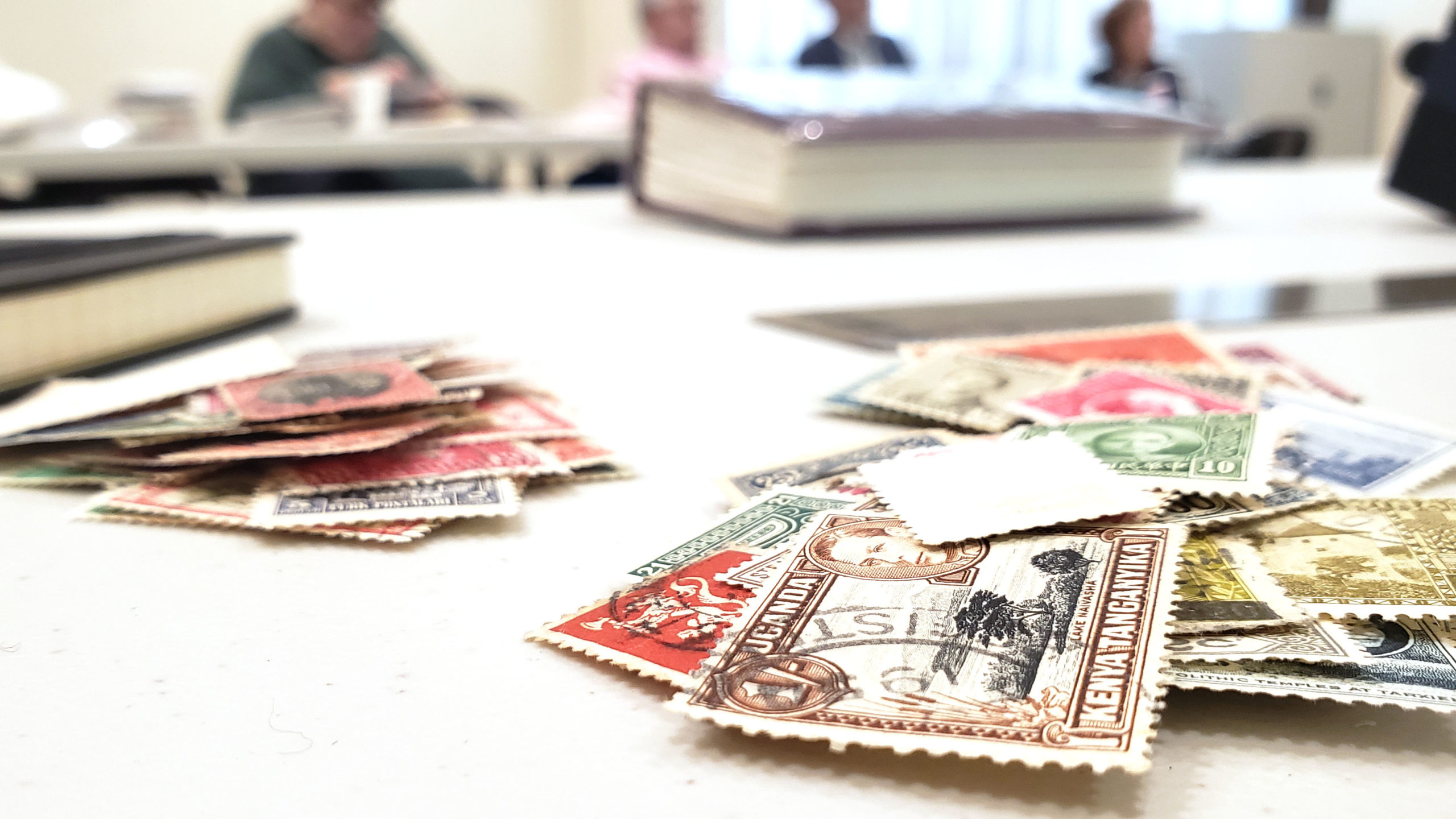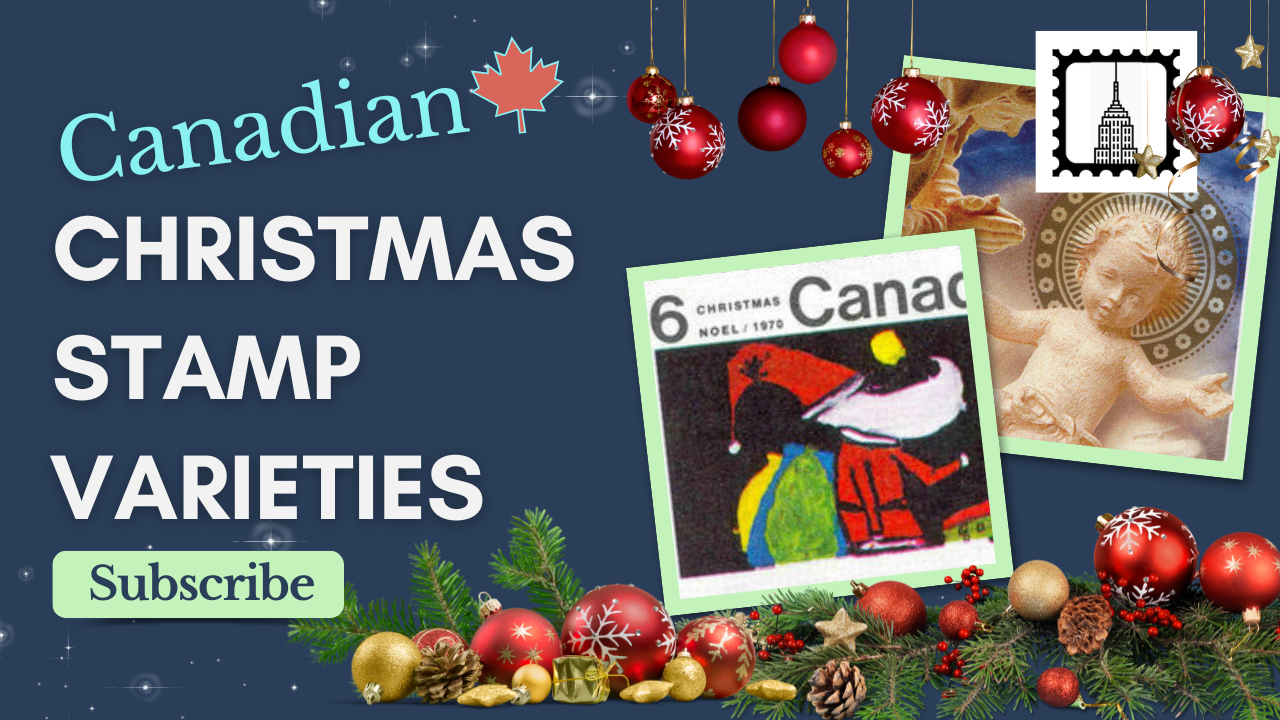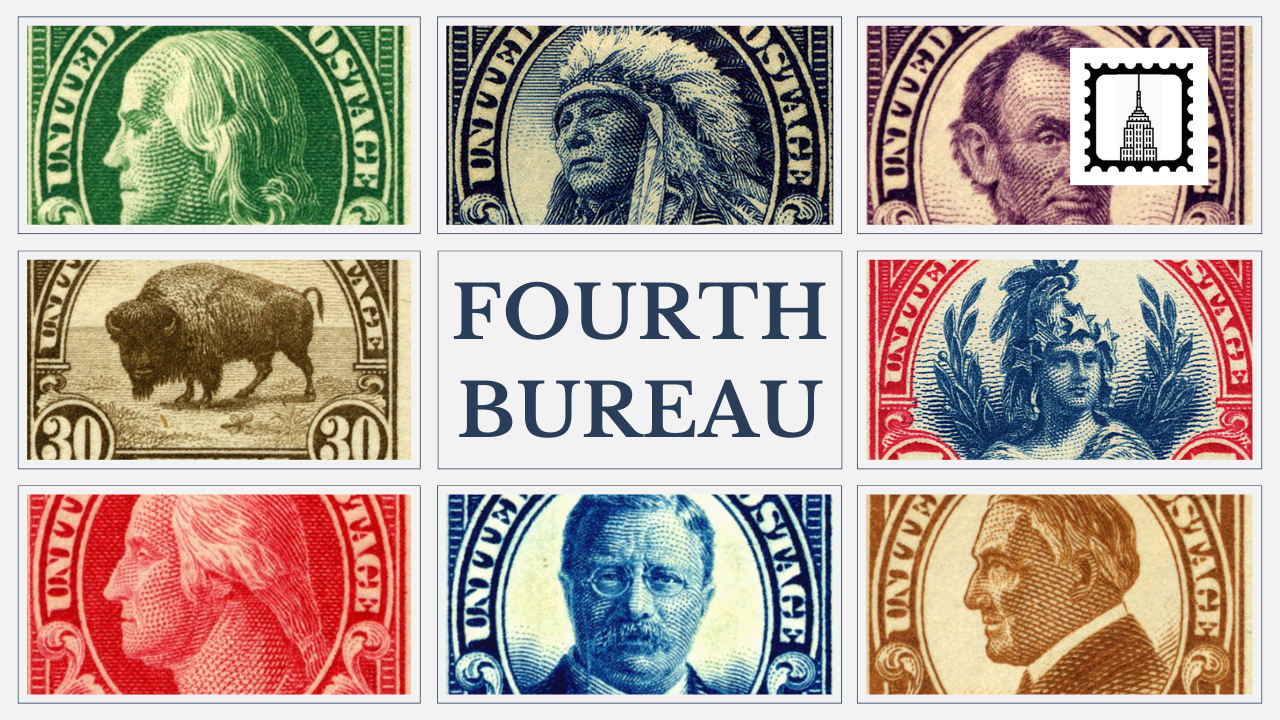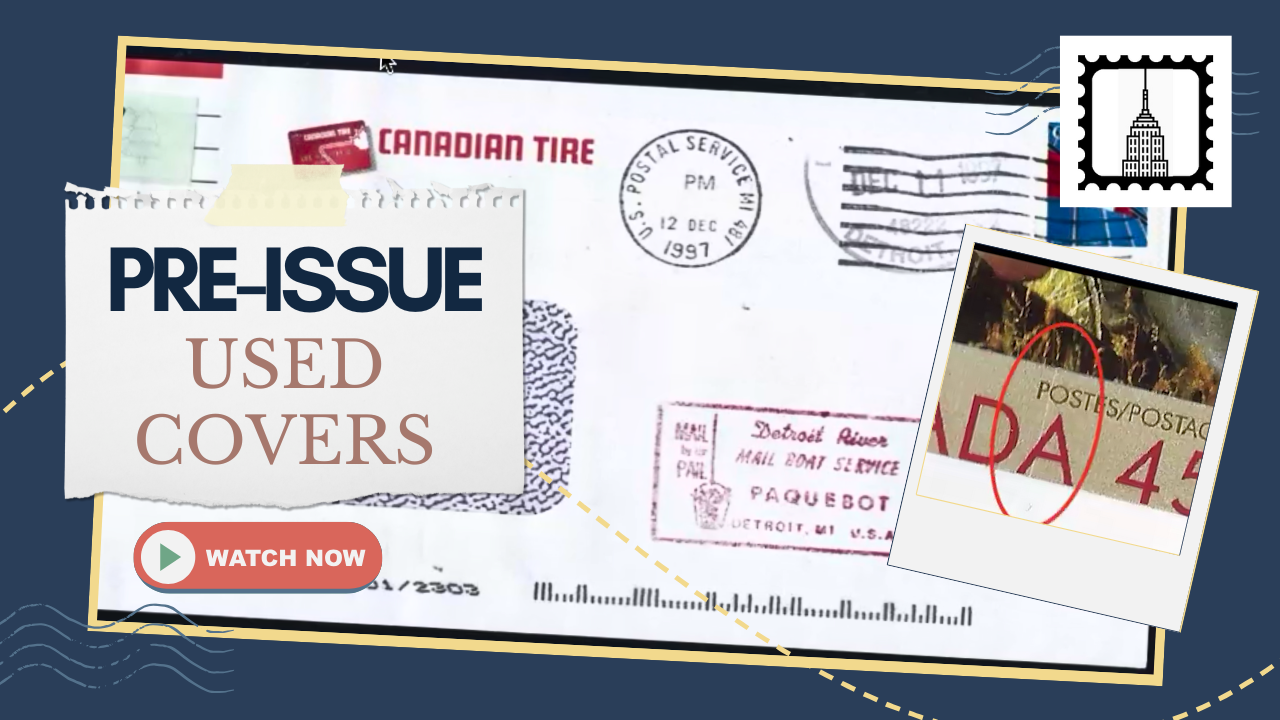In his presentation, Edward Grabowski explores the intriguing story of the Peebles Institute of Health and its fraudulent operations, which spanned from the late 19th century to the 1930s. Run by Dr. Peebles and Dr. Bobo from Battle Creek, Michigan, this institution specialized in quackery—offering dubious “cures” for various ailments, including goiter and diabetes. The fascinating aspect of this tale, however, lies in its connection to philately, where Grabowski examines the postal history of the scam, particularly through the use of the Washington Bicentennial stamps. Let’s explore the fascinating intersection of fraud, mail, and history.
The Peebles Institute of Health: A Quackery Operation
Founded by Dr. Peebles, the Peebles Institute of Health operated from 1899 and offered non-surgical treatments for various conditions, most notably goiter. Dr. Peebles, and later Dr. Bobo, promoted their fraudulent treatments through elaborate booklets and advertisements, luring unsuspecting customers into purchasing so-called cures for $5—a hefty sum in those days.
The Institute wasn’t just limited to one fraudulent scheme. After facing pressure from federal authorities, they would frequently rebrand under new names, such as the Sanborn Laboratories. Despite these legal hurdles, the Institute continued to deceive the public for over three decades.
Postal History and the Washington Bicentennial
One of the most captivating aspects of Grabowski’s presentation is his focus on the postal history related to the Peebles Institute, specifically the use of the Washington Bicentennial stamps. Issued in 1932 to commemorate the 200th anniversary of George Washington’s birth, these stamps were popular among philatelists. However, they rarely saw genuine postal use outside of collectors. Grabowski’s collection of covers from the Peebles Institute provides a rare glimpse of the Washington Bicentennial stamps used in actual mail.
As Grabowski explains, many of the covers in his collection are from small towns—places where the Peebles Institute’s fraudulent schemes were most effective. Each envelope often carried not only postage but also cash, typically $5, for one of the “treatments” offered by the Institute. These covers, featuring unique combinations of Washington Bicentennial stamps and registry markings, tell the story of how the Peebles Institute maintained its fraudulent operations while navigating the U.S. postal system.
The Fraudulent Use of Medicine and the Law
Despite the federal government’s efforts to shut down the Peebles Institute, proving mail fraud in the early 20th century was no easy task. To catch these conmen, authorities needed to capture the fraudulent prescriptions, analyze their contents, and medically test them to prove they were ineffective. The challenge was further complicated by the Institute’s frequent name changes, making it difficult for investigators to keep up with their operations.
Grabowski’s collection of covers not only highlights the postal aspect of the scam but also offers a deeper look into the legal battles between the U.S. government and the Peebles Institute. By rebranding and operating under names like Sanborn Laboratories, the scammers managed to stay one step ahead of law enforcement for years.
The Enigmatic Dr. Bobo and the Collapse of the Institute
Dr. Bobo took over the Institute after Dr. Peebles passed away at the age of 99. However, in 1934, the operation came to a tragic end when Dr. Bobo took his own life, shooting himself in the head. The reasons behind his suicide remain unclear, but as Grabowski speculates, the weight of years of fraudulent activity and the pressure from legal authorities may have pushed him to the brink.
The Institute officially closed its doors in 1935, but its story lives on through the covers and stamps used during its operation. These items provide a tangible link to a dark chapter in American medical history, where charlatans exploited people’s trust and hopes for cures.
A Collector’s Dream: The Washington Bicentennial Covers
For philatelists, the Washington Bicentennial covers related to the Peebles Institute represent a rare and valuable aspect of American postal history. As Grabowski points out, finding genuinely used Washington Bicentennial stamps in non-philatelic contexts is challenging. Most covers available today were created by collectors, making these fraud-related pieces all the more significant.
The covers in Grabowski’s collection feature a wide range of stamp combinations, from simple one-cent and three-cent covers to more elaborate combinations, including $5 in cash for the Institute’s “cures.” These covers, with their registry numbers and return receipts, offer a snapshot of how the fraudulent operation functioned, with most correspondence coming from small towns where the Peebles Institute found success.
A Legacy of Deception
The story of the Peebles Institute of Health is a stark reminder of the dangers of medical fraud. For over three decades, Dr. Peebles and Dr. Bobo preyed on vulnerable individuals seeking relief from ailments like goiter and diabetes. Despite their efforts to skirt the law, the Institute’s operations finally collapsed in the mid-1930s, leaving behind a legacy of deception.
For collectors like Grabowski, the postal history of this fraudulent institution provides a unique window into both philately and medical history. The Washington Bicentennial covers, in particular, highlight how stamps can tell stories that go beyond the simple act of sending mail. They capture the essence of an era—its scams, its hopes, and its tragedies.
Conclusion: A Unique Blend of Fraud and Philately
Edward Grabowski’s exploration of the Peebles Institute of Health reveals a fascinating intersection between medical fraud and postal history. Through his collection of Washington Bicentennial covers, we see how a fraudulent medical institution exploited the postal system to carry out its operations, deceiving countless individuals in the process. These covers, rare examples of genuine postal use of the Washington Bicentennial stamps, offer both philatelists and historians a glimpse into a world where quackery and postage converged.






